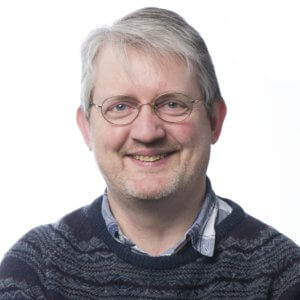Contact
DFM A/S
Kogle Allé 5
DK-2970 Hørsholm
Denmark
Tlf: +45 7730 5800
E-mail: [email protected]
CVR/VAT#: DK29217939
Quantum measurement enhanced gravitational wave detection (Q-GWD)

The basic principle of quantum technology is to take advantage of the fundamental laws of quantum mechanics, which allows efficient parallel processing of information, unconditionally secure communication with quantum encryption, and ultra-sensitive quantum measurements by reduction of fundamental quantum noise. In the coming years, a substantial investment will be made worldwide to develop and disseminate quantum technologies. This will open up commercial and practical applications of new technologies. Novel instrumentation is therefore necessary to achieve scientific advancement and to ensure that technologies are durable and operational outside laboratories.
In Q-GWD, we will develop, promote and establish new technologies for the growing market of ultra-sensitive precision measurements. Specifically, the Q-GWD quantum laser system will produce non-classical light (so-called squeezed and entangled light), which is one of the key resources of quantum technology. Combined with groundbreaking atomic spin systems, the quantum laser system will allow measurements below the quantum noise limit. Promotion of the technology will take place with a proof-of-concept demonstration at the German prototype detector of gravitational waves in Hanover.
The Q-GWD project is funded by the Innovation Fund and has 3 Danish partners: the Niels Bohr Institute at the University of Copenhagen, DFM A/S in Hørsholm and Therkildsen Development in Sønderborg. The Austrian company Crystalline Mirror Solutions GmbH is also involved.
BEYOND CLASSICAL OPTICAL METROLOGY (BeCome)
The finite spatial resolution of optical systems represents the major obstacle for optical metrology to impact further on nanoscience and nanotechnology. The BeCome (Beyond Classical Optical Metrology) project addresses this fundamental issue by exploring new metrology paradigms, which combine the interplay between light and metamaterials, exploit the topological information encoded in optical fields and use the most recent accomplishments in the fields of quantum optics and inverse problems to achieve disruptive advances in the field of optically-based metrology methods while, at the same time, aiming at keeping a competitive instrumental complexity.
DFM has two objectives within the EMPIR BeCome project. One is to realize input fields with spatially-entangled optical channels and to map their coupling with the geometry of nanotargets. This objective aims at exploring the potential of quantum metrology optical schemes based on spatial modes entanglement and how this can be integrated in existing optical systems. The second is to develop optical technologies for single quantum nanowires using small spherical lenses, also known as photonic nanojets. Such lenses couple light between a microscope objective and a surface in the near field with an effective probing width down to a fifteenth of the wavelength, enabling optical characterization of single quantum nanowires.

